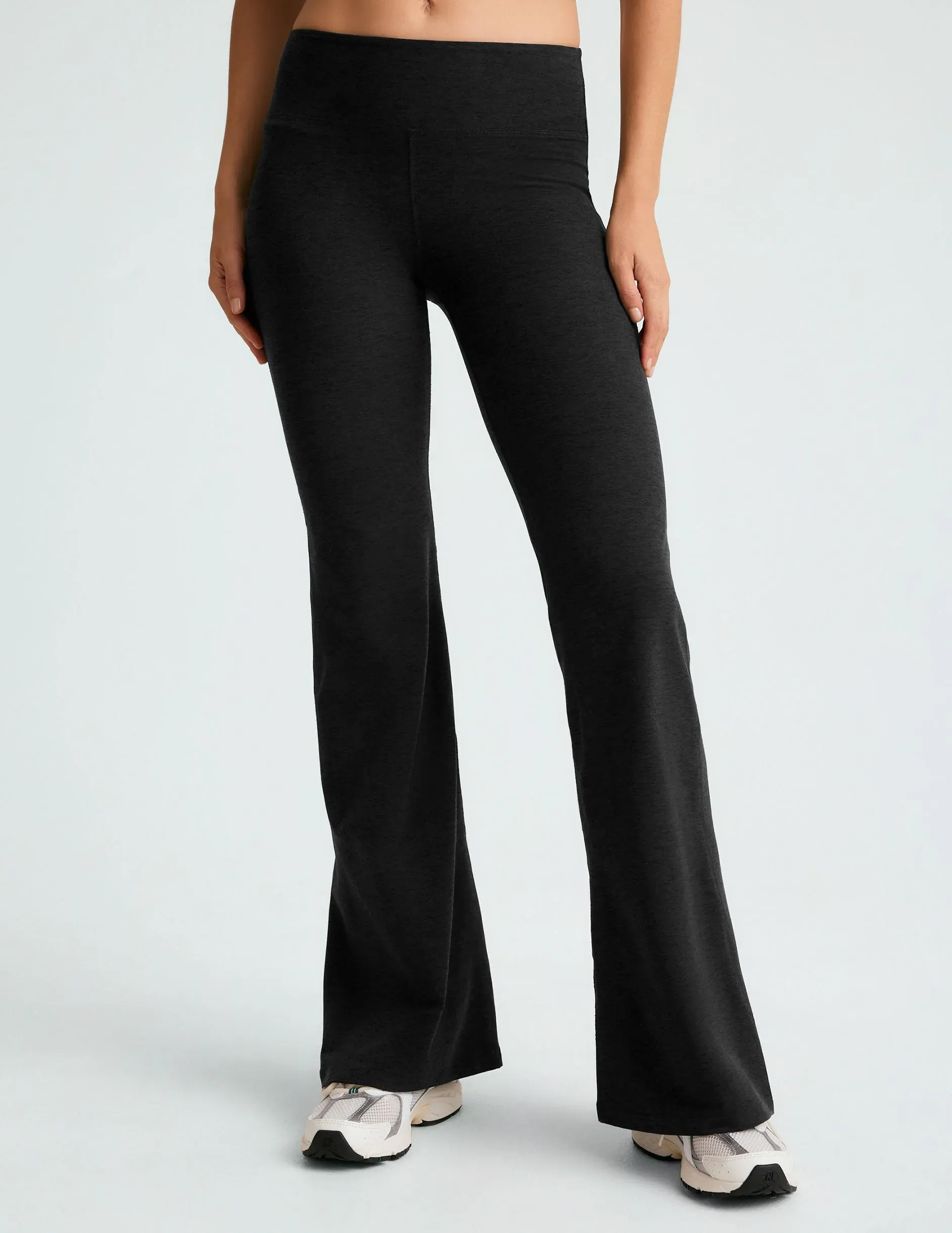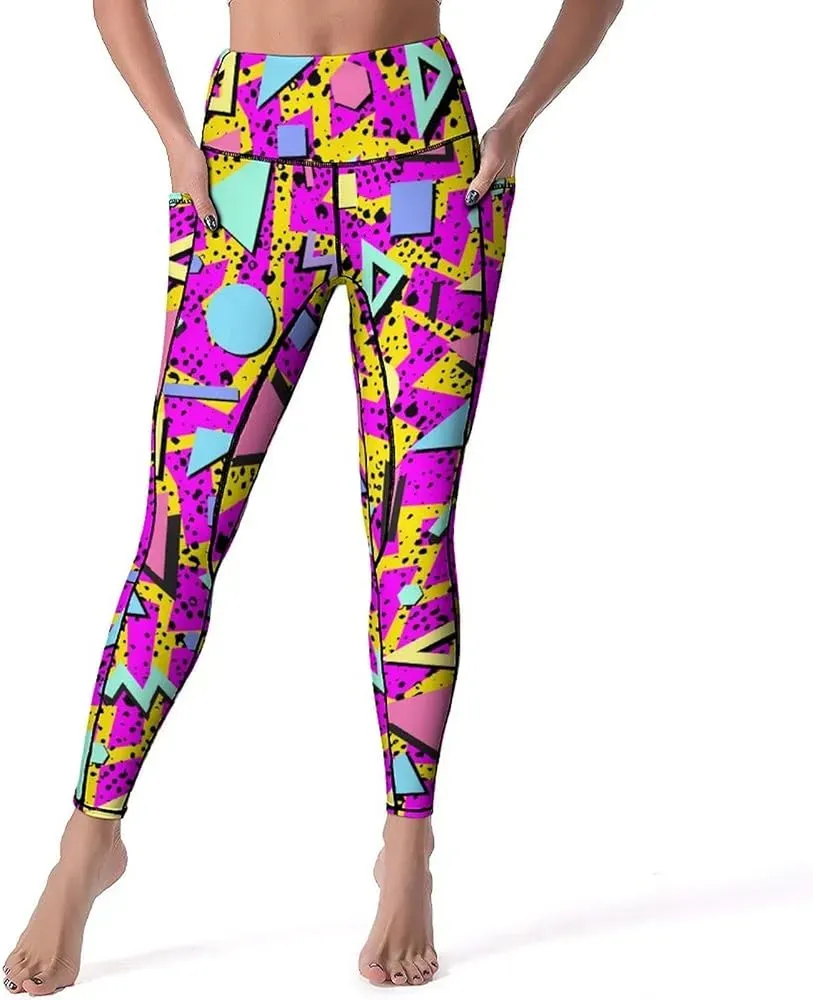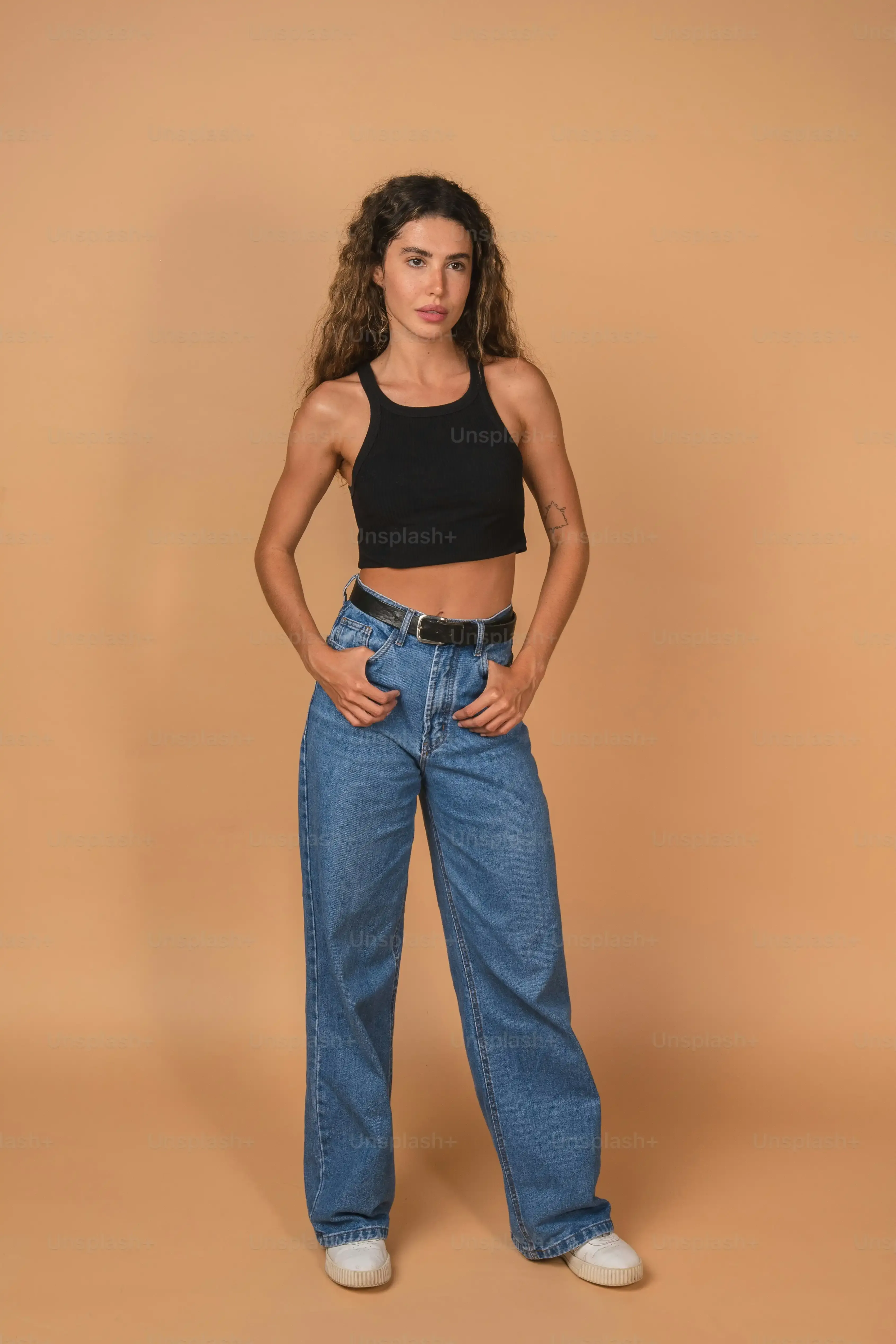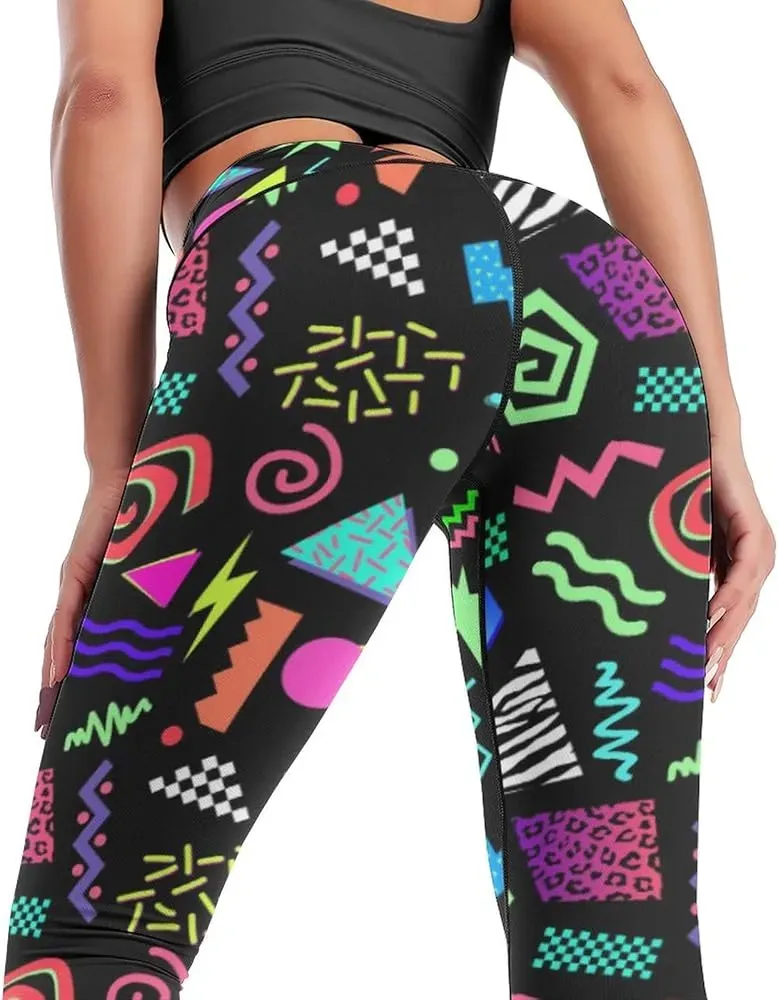Table of Contents
Let's be honest, the 90s delivered some questionable fashion choices, but amidst the grunge flannel and questionable denim trends, something else quietly took hold: 90s yoga pants. These weren't the technical marvels of today, often just simple, flared, or straight-leg stretch pants, yet they became a ubiquitous sight, far beyond the actual yoga studio. You saw them everywhere – at the mall, in coffee shops, picking up groceries. How did a garment designed for downward dog end up dominating casual wardrobes? It wasn't just about comfort; there was a cultural shift happening, a blurring of lines between athletic wear and everyday style that these simple pants perfectly embodied. This article digs into that phenomenon, exploring why these stretchy staples exploded in popularity, what defined their look, how they transitioned from mat to mainstream, and the unexpected legacy they left behind. Get ready to revisit a time when comfort started its quiet takeover of fashion.
Why Everyone Suddenly Wore 90s Yoga Pants

Why Everyone Suddenly Wore 90s Yoga Pants
So, you're digging into the mystery ofWhy Everyone Suddenly Wore 90s Yoga Pants? It felt like overnight, these stretchy things went from the occasional sighting on someone heading to a studio to being *everywhere*. Part of it was simple comfort, obviously. After years of stiff denim and structured trousers, slipping into something that actually moved with you felt revolutionary. But it wasn't just laziness; the fitness craze of the late 80s and early 90s was bubbling up, making activewear, or at least *athletically-adjacent* wear, seem cool and aspirational. Suddenly, looking like you *might* have just come from working out, even if you were just hitting the bookstore, gave off a vibe of being healthy and on-the-go. It was the perfect storm of comfort meeting a nascent trend towards casual, sporty aesthetics in everyday life.
The Defining Styles of 90s Yoga Pants
so when we talk about90s yoga pants, we aren't talking about the sleek, often compressive leggings you see everywhere now. Nope, the 90s version had a distinct look. Think less Lululemon, more Gap Body or even department store activewear sections. The most common cut? Definitely flared, sometimes subtly, sometimes dramatically wide at the ankle, perfect for flapping around your sneakers. Straight-leg was also a contender, a slightly more refined version. The fabric was typically a cotton-spandex blend, comfortable but not exactly high-tech. Colors were often solid – black was king, obviously, but you'd also see navy, gray, and maybe some deep jewel tones like burgundy or forest green. Patterns were rare, and if they existed, they were usually simple stripes or maybe a subtle heathered effect. It was a straightforward, no-fuss aesthetic, reflecting a time before performance fabric became king.
Beyond the Mat: How 90s Yoga Pants Hit the Streets

Beyond the Mat: How 90s Yoga Pants Hit the Streets
From Downward Dog to Department Store
So, how did these simple stretch pants escape the confines of the yoga studio? It wasn't a grand marketing scheme, more like a quiet infiltration. People realized they were incredibly comfortable for, well, *anything* that wasn't formal. Running errands? Check. Lounging at home? Double check. Meeting friends for coffee? Surprisingly, also check. The lines between workout gear and casual wear started to blur significantly in the 90s, and 90s yoga pants were right at the forefront of that shift. They weren't just for people who *did* yoga; they were for anyone who valued comfort and a relaxed aesthetic. It was the beginning of the "athleisure" trend, long before the term even existed.
The Casual Takeover
Suddenly, you saw them paired with everything from oversized band tees and sneakers to simple tank tops and Birkenstocks. They became the unofficial uniform for weekend errands, road trips, and even casual office days (remember those?). This wasn't about performance; it was about ease. They were easy to wash, didn't wrinkle easily, and let you move freely. Compared to the rigid structure of jeans or the fuss of more formal trousers, 90s yoga pants felt like liberation for your lower body. It was a collective sigh of relief from uncomfortable clothing, and people weren't about to go back just because they weren't actually doing sun salutations.
Here's where you most likely spotted someone rocking 90s yoga pants:
- The local coffee shop line
- Browsing the aisles at Blockbuster (RIP)
- Waiting for class to start on college campuses
- Anywhere a comfortable plane ride was involved
- Basically, anywhere comfort trumped formality
Finding Authentic 90s Yoga Pants Today

Finding Authentic 90s Yoga Pants Today
Hunting for the Real Deal
Alright, so you've decided you want to track down some actual 90s yoga pants, not just a modern take that *looks* like them. Good luck, it's a bit of a treasure hunt. Your best bet isn't going to be your local mall, unless it's a time capsule. We're talking vintage shops, thrift stores, and online marketplaces that deal in pre-loved clothing. Think platforms like eBay, Depop, or Poshmark. You'll need to use specific search terms – "vintage yoga pants," "90s stretch pants," "flare activewear pants 90s." Be prepared to dig through listings that might not be perfectly categorized. It takes patience, like sifting through a dusty attic hoping to find that forgotten gem.
What to Watch Out For
When you're on the hunt for authentic 90s yoga pants, don't just grab the first stretchy black pants you see. Check the tags. Look for brands that were popular then, like Gap Body, Old Navy (their early stuff), or even athletic brands that had a more casual line. Examine the fabric – it should feel like a sturdy cotton blend, not the slick, thin performance fabrics of today. Pay attention to the cut; are they genuinely flared or straight-leg like the originals? Check the waistband too; 90s versions were often simpler, less structured than modern ones. And, obviously, inspect for wear and tear. These pants are decades old, after all.
Here are some things to keep in mind when buying vintage 90s yoga pants:
- Check for stretched-out waistbands or knees.
- Look for pilling on the fabric surface.
- Inspect seams for signs of splitting.
- Ask sellers for exact measurements, as vintage sizing can be unpredictable.
- Be wary of anything labeled "vintage style" if you want the real thing.
The Lasting Impact of 90s Yoga Pants Fashion

The Lasting Impact of 90s Yoga Pants Fashion
Paving the Way for Peak Comfort
So, we've established that 90s yoga pants were everywhere, far from the yoga studio. Their biggest impact? They normalized comfort as acceptable public attire. Before these stretchy wonders, showing up to the grocery store in what essentially felt like pajamas was a no-go unless you were truly unwell. These pants, simple as they were, chipped away at the rigid lines between clothes you wore at home or the gym and clothes you wore out. They were the thin edge of the wedge for the comfort revolution. They told the world, "Hey, maybe we don't need to suffer in stiff fabrics just to grab a coffee." This seemingly small shift was massive, laying the groundwork for the athleisure domination we see two decades later. You can draw a pretty straight line from those flared cotton blends to the leggings, joggers, and elevated sweatsuits that fill our closets today.
From Low-Key to High Fashion Influence
The influence of 90s yoga pants didn't stop at just making comfort okay. They directly inspired subsequent trends. Think about the early 2000s and the rise of the tracksuit – that was a direct descendant of the comfy, stretchy pant idea, just often in velour and paired with a matching zip-up. They also solidified the idea of leggings as standalone pants, not just a layering piece. While leggings existed before, the widespread adoption of the slightly thicker, more opaque 90s yoga pants made the leap to full-on legging-as-pants much easier for the masses. They proved that yes, people would buy and wear simple, stretchy bottoms everywhere. This wasn't about high performance; it was about high wearability. They democratized casual style in a significant way.
Here's a quick look at the comfort evolution they kicked off:
- 90s Yoga Pants: Simple, cotton-blend, flared/straight, everyday wear.
- Early 2000s Tracksuits: Often velour or terrycloth, matched sets, casual outings.
- Mid-2000s Leggings: Thicker fabrics, more solid colors, worn as standalone pants.
- 2010s Athleisure Boom: Performance fabrics, technical features, high-fashion collaborations, full integration into wardrobes.
Their Legacy in the Modern Wardrobe
So, where do 90s yoga pants stand today? The originals are vintage finds, often sparking nostalgia or maybe a bit of an "oh wow, we wore *that* out?" reaction. But their spirit lives on. Every time you see someone running errands in sleek black leggings, lounging in elevated joggers, or even wearing stretchy pants to a casual brunch, you're seeing the long shadow of those simple 90s yoga pants. They taught us that comfort doesn't have to mean sloppy, and that athletic-inspired clothing has a place far beyond the gym. While the specific flared style might cycle in and out of trendiness, the core idea – that your pants should let you move and breathe – is now a non-negotiable for many. They weren't just a fleeting trend; they were pioneers in the ongoing mission to make our clothes work for us, not the other way around.
The Stretch Marks of History
So, what started as simple stretch wear for a niche activity morphed into a defining piece of casual apparel in the 90s. These weren't high-performance, moisture-wicking garments, just comfortable, often-flared pants that offered an alternative to jeans. Their popularity signaled a subtle shift in how people viewed clothing – prioritizing ease and a relaxed vibe over rigid structure. While modern athletic wear has evolved significantly, the core idea that began with those simple 90s yoga pants persists: comfort is a valid fashion statement, and sometimes, the simplest designs have the longest reach, leaving their stretchy mark on style history.
